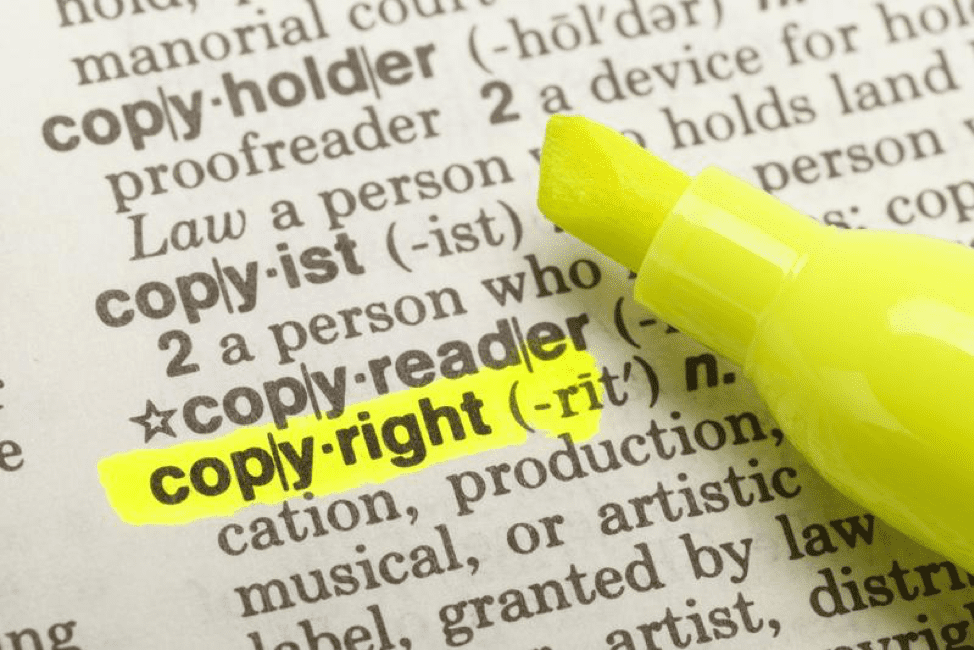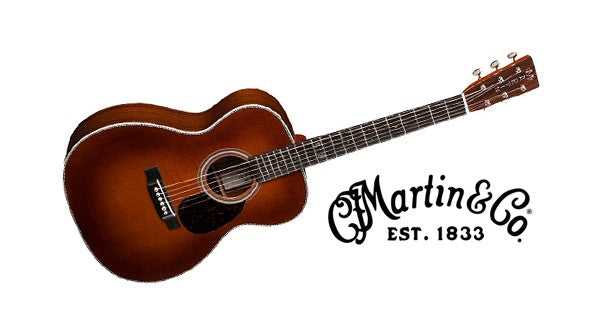Your Cart is Empty
Fair Use and Copyright Infringement: What These Words Mean for Your Music
November 20, 2018 4 min read

Producing music is the dream of many musicians, but there are some situations where musicians have landed themselves in legal trouble over ‘taking inspiration’ from another musician’s work. Throughout the course of history, there have been many famous copyright cases including Rogers v. Koons, The Associated Press v. Fairey, Cariou v. Prince, and Modern Dog Design v. Target Corporation. Songs are often the subject of copyright cases with some well-known examples including “Surfin' U.S.A.” and “Ice Ice Baby.”
While you can study these infamous cases to understand more about copyright infringement and fair use, the cases that went to court all hinged on three main principles. Understanding these three principles allows you to better understand whether or not your music is infringing on someone's copyright.
Did You Substantially Change the Original?
While consulting with a legal expert can help you avoid common copyrighting pitfalls, it is less likely that you are breaking copyright law if you borrow just a little bit and add a lot of your own creativity to establish a new work. For example, Vanilla Ice borrowed substantially from David Bowie and Queen when creating his song “Ice Ice Baby.” While Vanilla Ice chose to settle his lawsuit out of court, he paid David Bowie and Queen part of his profits for the song because it was too similar. (RevisionLegal.com)
“My Sweet Lord” is another example of a song that was tied up in court for a very long time. In fact, the first judge heard the case in February 1981, and the last judge did not rule on the case until March 1988. In the case, The Chiffons argued that George Harrison stole their idea from “He's So Fine” when writing “My Sweet Lord.” The judge originally ordered Harrison to pay the Chiffons, despite the fact that Harrison claimed the song was based on the public-domain song “Oh Happy Day!” Years later, when Harrison wrote his autobiography, he finally admitted that he drew inspiration from The Chiffons song. (UltimateClassicRock.com)

From Where Did You Borrow?
Borrowing from the heart of a piece is seen as more serious than borrowing from its fringes. If you borrow well-known parts of a piece, such as the main melody or the hook, then you are violating copyright. For example, in the motion picture Seven, several copyrighted photos appear for milliseconds in the background. The person holding the copyright to those photos took the company producing Seven to court. The court found that there was no copyright infringement because the photos were blurry and did not add substantially to the storyline.
The entire music genre of hip-hop has been changed by a copyright infringement case. When De La Soul released his album 3 Feet High and Rising, he was sued by two different music groups because he used 12-second samples of their songs without giving the groups proper credit. The judge ruled that De La Soul was not allowed to use samples of the other songs without giving proper credit. In making the decision, the judge found that the artist did not substantially change the work when adding it to his album, and music fans would be aware of the original. (ConsequenceofSound.net)
How Obvious Is the Infringement?
In some cases, the court has drawn a line saying that if the casual observer would not notice a difference, then there is no copyright infringement. For example, in the case of The Associated Press v. Fairey, a photo was taken by Associated Press photographer Mannie Garcia. Fairey saw the photo and created President Obama's first Hope poster based on that work without giving Garcia or The Associated Press, who purchased the photo, any credit. While the case settled out of court, Fairey argued that the creation of the poster did not diminish the value of the original. However, most lawyers in retrospect agree that had the case proceeded to trial, Fairey would have lost because he did not substantially change the meaning of the image. (EthicsInGraphicDesign.org)
Another famous case is the case of the Beach Boys v. Chuck Berry. Chuck produced a song listing off different United States cities along with famous chords. The Beach Boys changed the name of the city to reflect surfing hot spots in their song “Surfin' U.S.A.,” but they substantially left the music alone. The case eventually settled out of court when the publishing rights for “Surfin' U.S.A.” were given to Berry's publisher. Berry, however, would not get the credit he deserved until the 1966 release of the song.
There will be more copyright infringement cases to come in the future. If you are in the process of creating work, make sure that it is your own work. If you borrow heavily from other pieces, like the examples in this piece borrowed from Kaitlyn Ellison along with a piece by Jordan Runtagh, then make sure you give the original creator credit. After all, there would be nothing for you to infringe upon if they had not taken their time and talent to create the original.
We like to think education overcomes fear, so hopefully, this helps you get a better understanding of some legal things to think about. If you're now looking for a break from legal talk, check out our collection of guitars at Adirondack Guitar!Leave a comment
Comments will be approved before showing up.
Also in Adirondack Guitar News and Blog
Browse Our Store
Recent Articles
- Left Handed Guitarists Who Learned to Play Right Handed July 13, 2021
- The History and Importance of the Martin 28 Style July 13, 2021
- Adirondack Guitar Profiles: St. Vincent July 13, 2021
- Adirondack Guitar Profiles: John Petrucci May 05, 2021
- How to Turn Your Music Skills into a Career March 30, 2021



